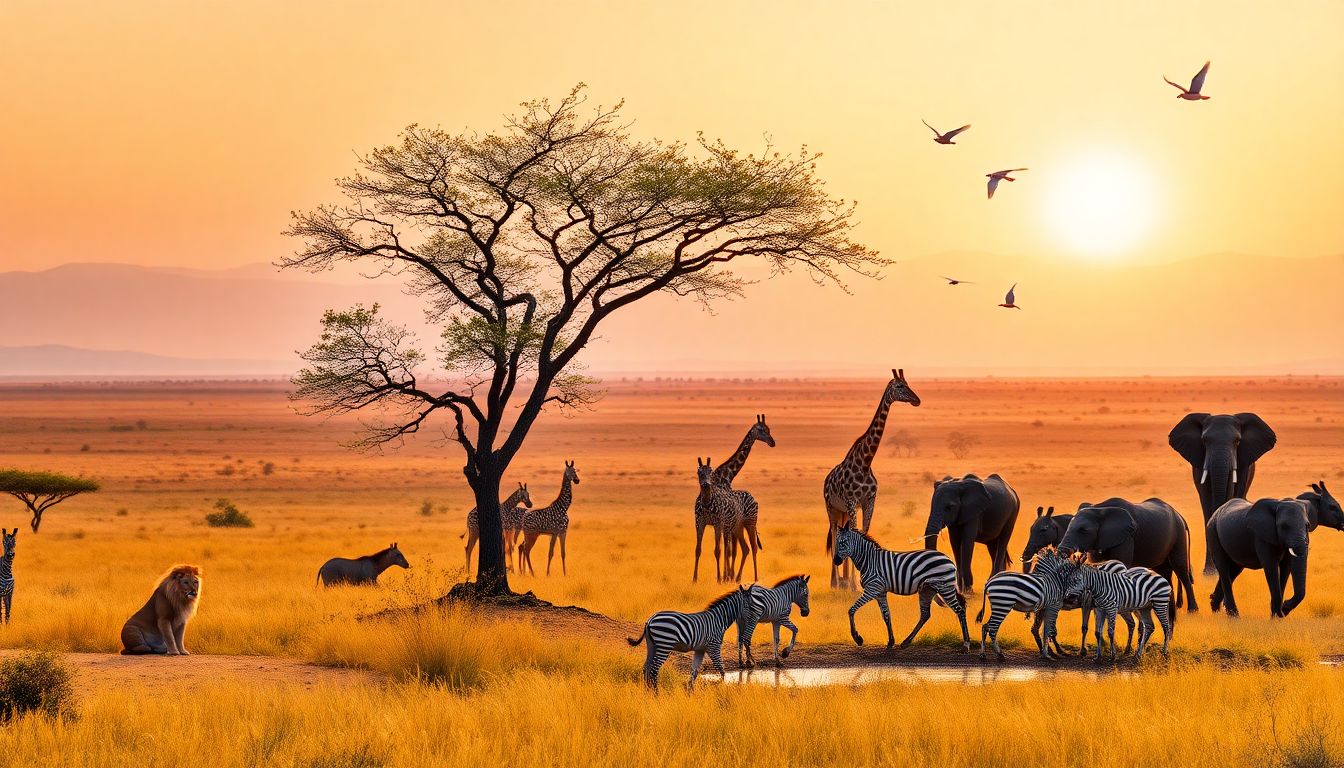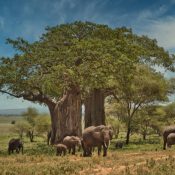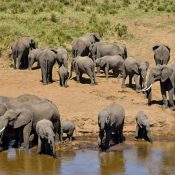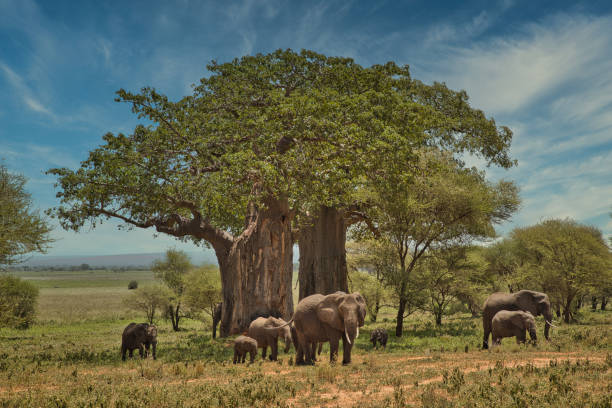
What Animals Can You See on a Tanzania Safari?
Introduction
Picture standing in the middle of the wild, surrounded by the sounds of animal calls and the sight of endless plains. Tanzania offers some of the best safari experiences in the world. Its parks are packed with incredible animals that draw visitors from every corner of the globe. Knowing what animals you might see helps plan better, making your adventure more exciting. With Travrth Tours and Safari, expert guides will take you close to wildlife and help you spot the big, rare, and lesser-known animals hiding in the wild.
The Big Five: Iconic Tanzanian Wildlife
Overview of the Big Five
The Big Five are five of Africa’s most famous animals. They got this name because they used to be the hardest to hunt, not because they’re the biggest. These animals are lion, elephant, buffalo, leopard, and rhinoceros. Seeing these animals is a highlight for any safari trip and a must for wildlife lovers.
Spotting the Big Five with Travrth Tours
Each national park in Tanzania offers chances to see these icons. The Serengeti and Ngorongoro Crater are top spots for big game viewing. Lions roam freely and are often seen resting near waterholes. Elephants, the gentle giants, are common in Tarangire and Selous. Leopards tend to be shy but can be spotted near trees or rocks. Rhinos are rare but can be found in protected reserves. The best times for sightings are early mornings and late afternoons when animals are most active.
Conservation and the Big Five
Protecting these animals is vital for Tanzania’s parks. Many efforts focus on anti-poaching and habitat preservation. Eco-tourism, like safaris with Travrth Tours, actually helps fund conservation programs. Every animal you see supports efforts to keep wildlife safe for future generations.
Predators of Tanzania’s Wilderness
Lions and their Kingdoms
Lions rule many parts of the Serengeti and Ngorongoro. They live in prides, with several males and females working together. Lions hunt mainly at dawn and dusk, targeting zebras, wildebeests, and antelope. Watching a lion pride stretch out on the grass is unforgettable.
Leopards and Cheetahs
Leopards are masters of stealth. They hide in trees or tall grass during the day and hunt at night. Spotting them can take patience, but guides know where to look. Cheetahs are the fastest land animals, making quick hunts across open plains. They prefer areas with tall grass and plenty of prey.
Other Predators
Hyenas scavenge leftovers from lion kills. Crocodiles patrol waterholes, waiting for prey. Wild dogs chase after smaller animals in packs and are hard to find but rewarding to see. These predators play key roles, keeping the ecosystem balanced.
Majestic Elephants and Other Largest Land Animals
Elephant Populations and Habitats
Elephants roam across Tarangire, Mikumi, and Selous. They’re often seen near water, spreading out or forming big herds. Elephants help keep ecosystems healthy by moving through forests and grasslands. Their large size makes them easy to spot, especially around mud pools or drinking spots.
Other Notable Large Animals
Giraffes stretch tall, eating leaves from trees. Hippos spend most of their day submerged in water but come out to graze at night. Rhinoceroses are elusive but can be found in protected reserves. Watching these massive animals shows how incredible the wildlife diversity in Tanzania is.
Tips for Responsible Wildlife Viewing
Always keep a respectful distance from animals. Avoid startling them or blocking their path. Use binoculars and cameras with good zoom. Responsible tourism ensures wildlife stays safe and habitats remain healthy. Travrth Tours promotes eco-friendly practices, so your visit supports long-term conservation.
Unique and Lesser-Known Wildlife Species
Rare and Endangered Animals
Some animals are seldom seen because they are rare or threatened. Black rhinos, with their thick armor-like skin, are critically endangered. The African wild dog, known for its pack hunting, is very rare. Pangolins are shy, armored mammals that are hard to spot but worth knowing about for conservation awareness.
Birdlife and Smaller Creatures
Tanzania hosts over 600 bird species. Look for the bright lilac-breasted roller or flamingos in lakes. Small mammals like dik-diks and mongooses scurry across the land. Birdwatching can be rewarding for your safari, revealing a world of bright colors and curious behaviors.
Amphibians and Reptiles
Reptiles like monitor lizards and chameleons are common in many parks. Crocodiles lurk in lakes and rivers, basking on rocks. Spotting these creatures adds another layer to the safari experience. They thrive in the same habitat as many large animals, showing the diversity of life in Tanzania.
The Marine Wildlife of Zanzibar and Coastal Waters
Marine Species Encountered on Safaris
Off the coast of Zanzibar, the waters teem with life. Dolphins leap through the waves, and whales are spotted seasonally. Sea turtles glide gracefully across coral reefs. Snorkeling in these protected waters offers unforgettable encounters with underwater wildlife.
Conservation and Responsible Interaction
Coral reefs are fragile. It’s essential to avoid damaging them when snorkeling or diving. Engines should be turned off in sensitive areas to prevent pollution. Eco-friendly practices help protect this vibrant marine life for years to come.
Expert Insights and Visitor Tips
Many wildlife experts say that different seasons bring different animal activities. The dry season (June to October) is prime for spotting big game, as animals gather at water sources. Early mornings and late afternoons are best for viewing wildlife. Bring a good camera, binoculars, and patience. Guides from Travrth Tours know how to find animals and will boost your chances of an unforgettable encounter.
Conclusion
Tanzania’s safari parks are a treasure chest of wildlife. There’s always something to see, from the iconic Big Five to rare species and vibrant birds. Responsible tourism helps preserve this amazing environment for future visitors. Booking a trip with Travrth Tours and Safari guarantees expert guidance and memories that last a lifetime. The wild awaits start planning your Tanzanian animal adventure today.




